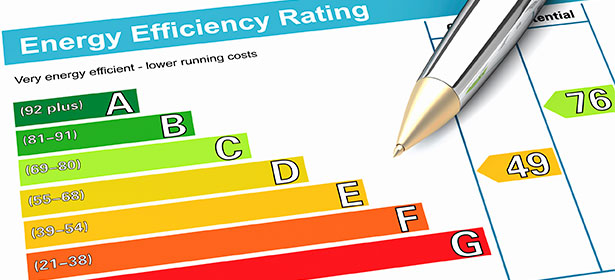
Aug
HOME ENERGY SAVING DEVICES
Saving energy in your home is easier than you may think. And saving energy means saving money!
While there are plenty of habits you can develop to cut down on the amount of energy your home consumes, there are also some great energy saving devices to help make it easier. For the purposes of this brief post, we’ll concentrate on four categories of devices.
1. Energy Efficient Products
Let’s face it, when it comes to energy efficiency, some products are just built better than others. If you buy LED or fluorescent lightbulbs, you’re going to use less energy than if you buy incandescent bulbs—and over time, that can mean considerable savings. And if that’s true of something as small as light bulbs, think of how much more true it is of larger consumers of energy in your home, like dishwashers, air conditioners, washers, dryers, and refrigerators. Technology is moving quickly to create radically more energy-efficient appliances (like magnetic refrigerators), but even with more conventional appliances, you can be sure you’re saving the most you can on energy by looking for the Energy Star certification label.
2. Monitors and Meters
It’s hard to know how much energy you can save if you don’t know how much energy you’re using. Chances are, you already have some monitoring devices available to you; it’s just a matter of learning to pay attention to them—like your electrical and gas meters. In addition, there are some simple devices you can buy to help you determine your energy use, as well as the places where you’re wasting energy (and money). From a simple thermometer to an infrared heat gun to a full-house electricity monitor, devices that help you measure your energy consumption will put you in a better position to make smart choices about where you can save.
3. Direct Energy Saving Devices
There are plenty of devices that are intended specifically to help you save energy by helping you not to waste energy when you don’t need it. Investing in a few of them will pay off in the long run. Most of us have seen programmable thermostats; these help us to consume heating and cooling energy only when we need it, and not waste it when we’re asleep or away. But there are even more sophisticated smart thermostats that take this feature to the next level; these devices actually learn your habits and control your heating and cooling accordingly. The other big waste of energy in most of our homes is from phantom energy. Phantom energy is the energy being drawn by devices when they’re off but still using power—like your plugged-in toaster, your remote controls, and the peripheral devices connected to the computer you may not be using at the moment. Of course, we can just learn to be more disciplined about unplugging these devices when they’re not in use, but that’s pretty inconvenient—which means we won’t do it all the time. A standby saver or smart power strip can take the inconvenience out of powering down. The standby saver detects when your device isn’t being used and shuts off power to that device until you need it, while a smart power strip cuts power to peripherals (like those on your computer) while the main device (the computer itself) isn’t being used. With all of these devices, the goal is the same: Use energy when you need it, and don’t waste energy when you don’t.
4. Indirect Energy Saving Devices
Not all of the devices that can help you save energy are specifically marketed for that purpose. Just like your programmable or smart thermostat keeps you from wasting heating and cooling energy when you don’t need it, timers and motion-activated switches keep you from wasting energy on lighting and other electrical devices when they don’t need to be on. Dimmer switches allow you to use your lighting without full power. And something as simple as a power bar can make turning off multiple devices a little more convenient—helping to ensure we do it more often. Of course, you can go full automation (domotics) and invest in smart home technology that allows your devices to communicate with one another, and with you—via your smartphone. And while, on the one hand, creating a smart home can cost you up front, in the long run it can help you to save money on your energy consumption if you choose to use it for that purpose.
Start small and work upward—you don’t have to invest in a full home automation system to start saving money. With a simple thermometer and more energy efficient lightbulbs, you’ll be on your way. And then, one device at a time, you can steadily increase the amount of energy—and money—you save!